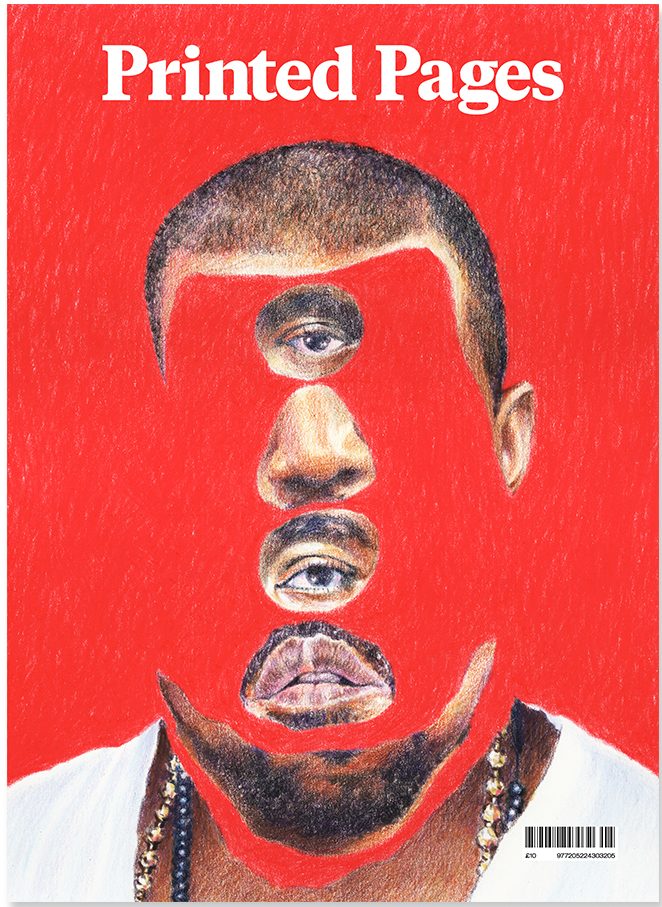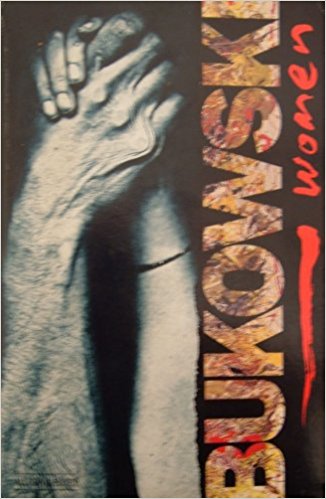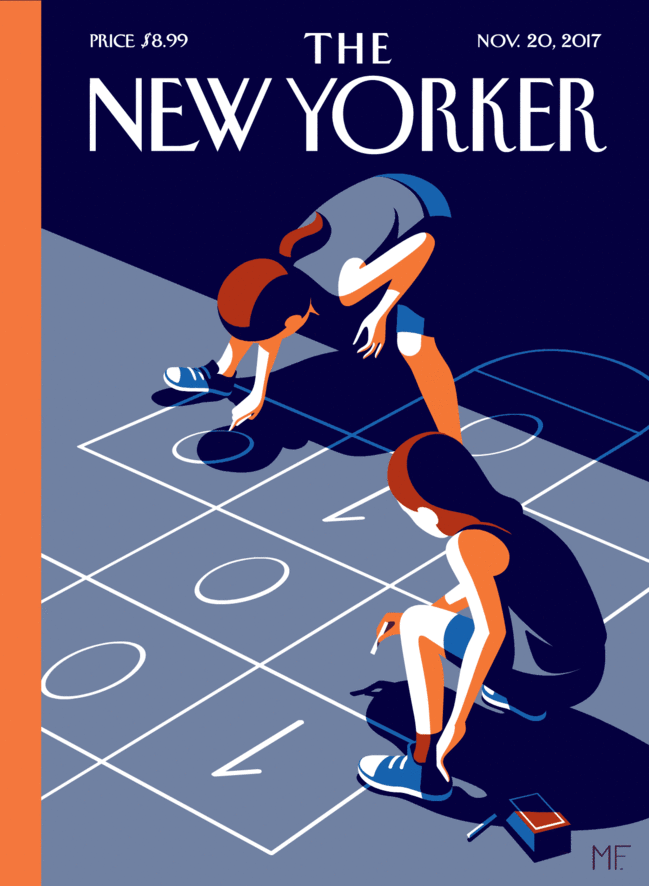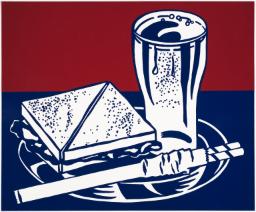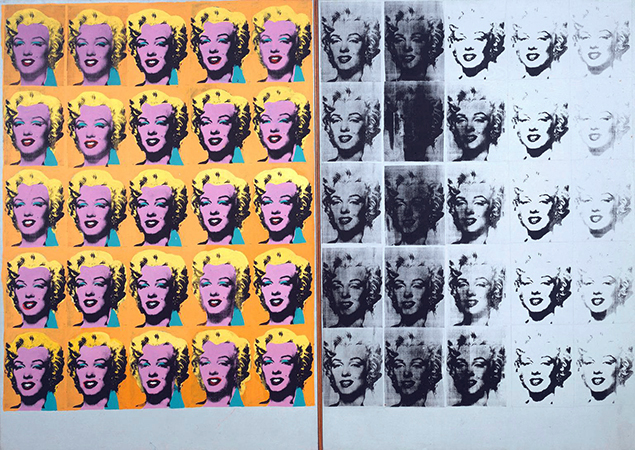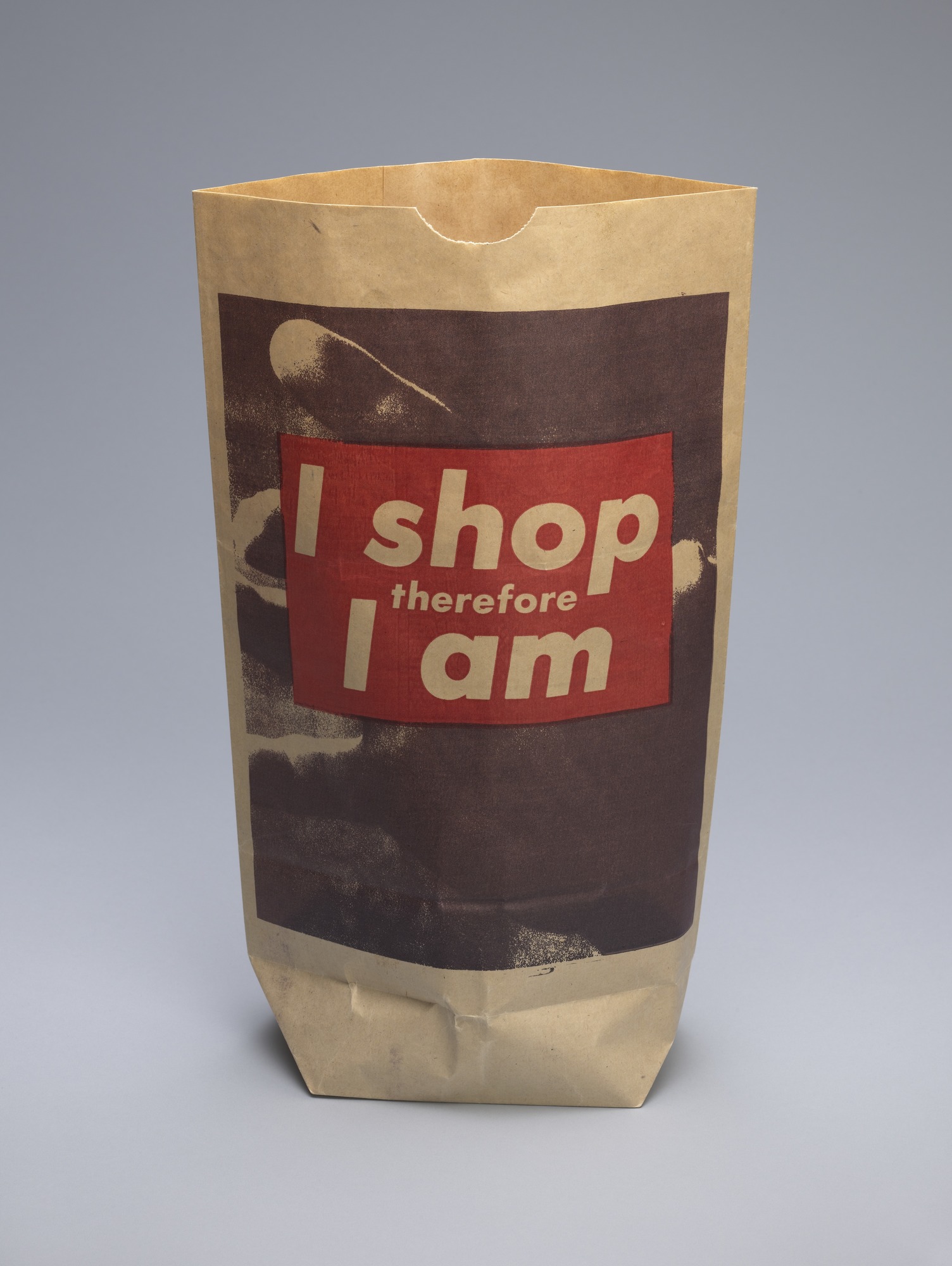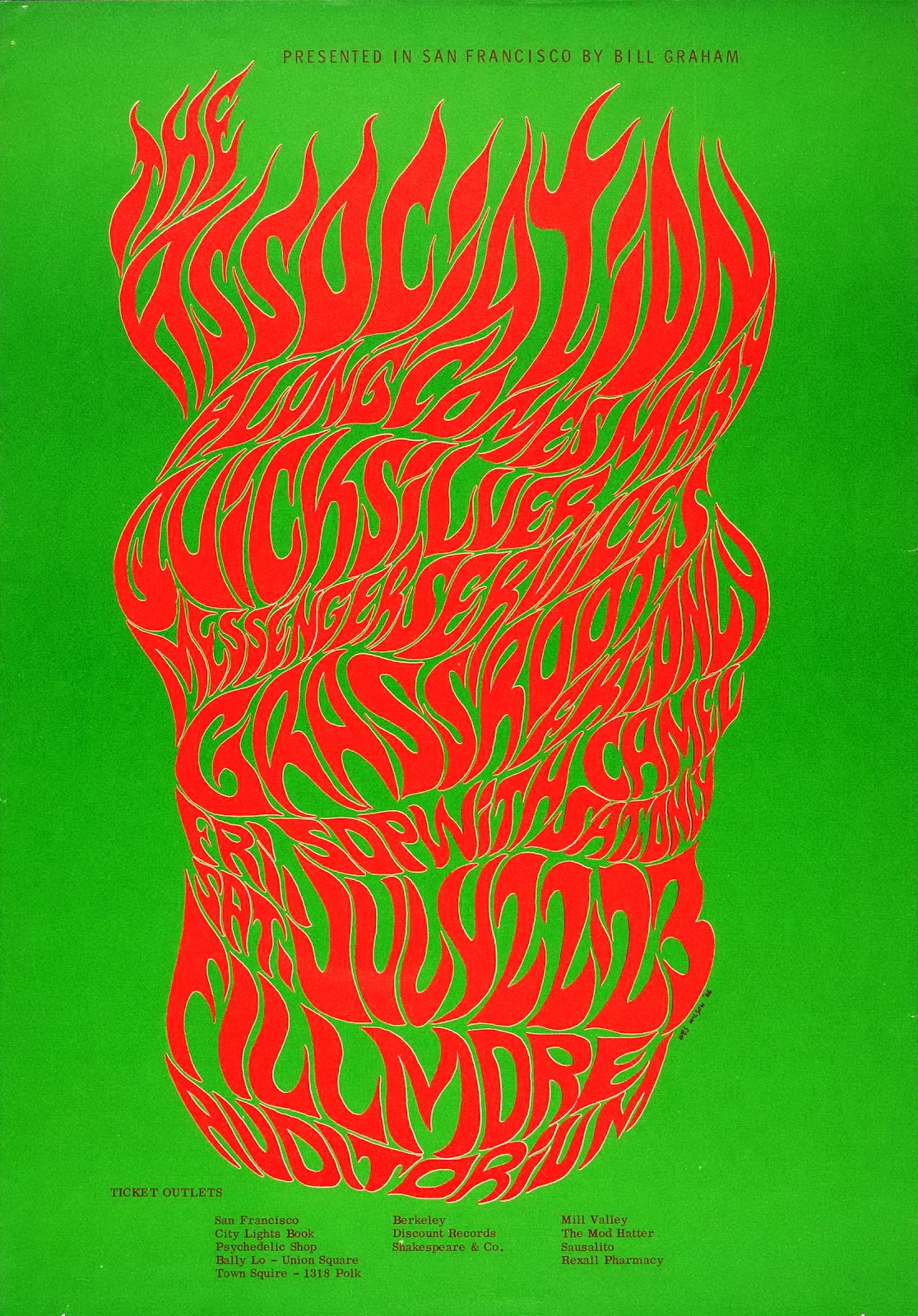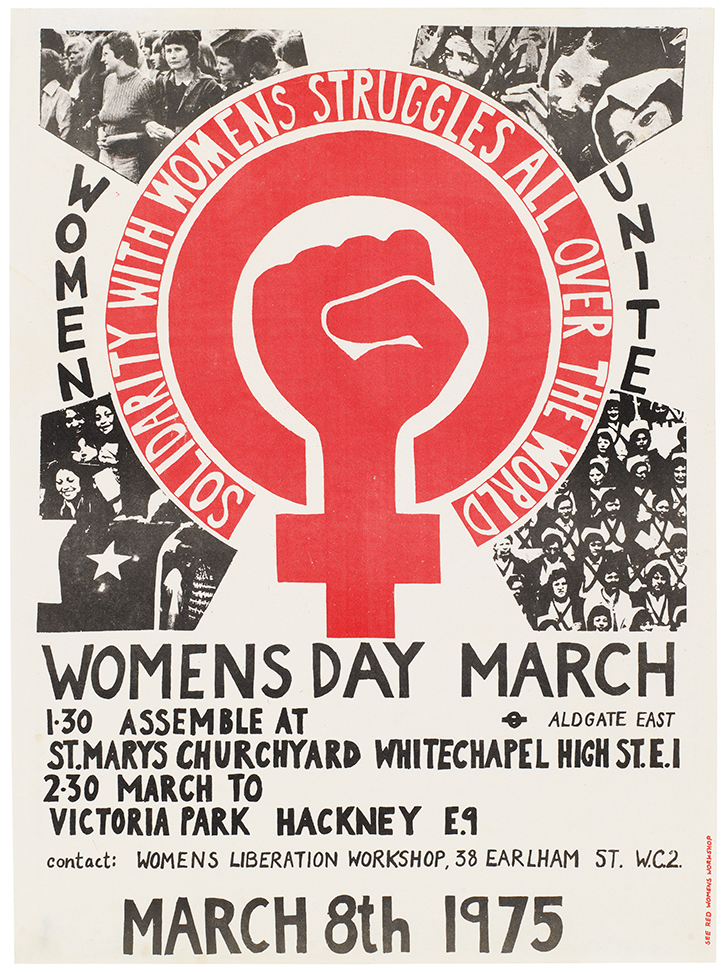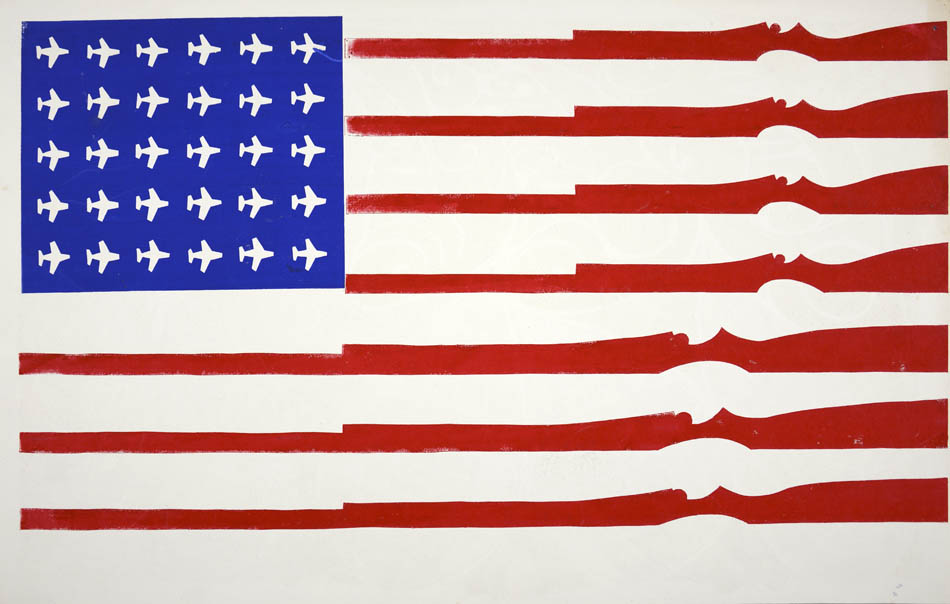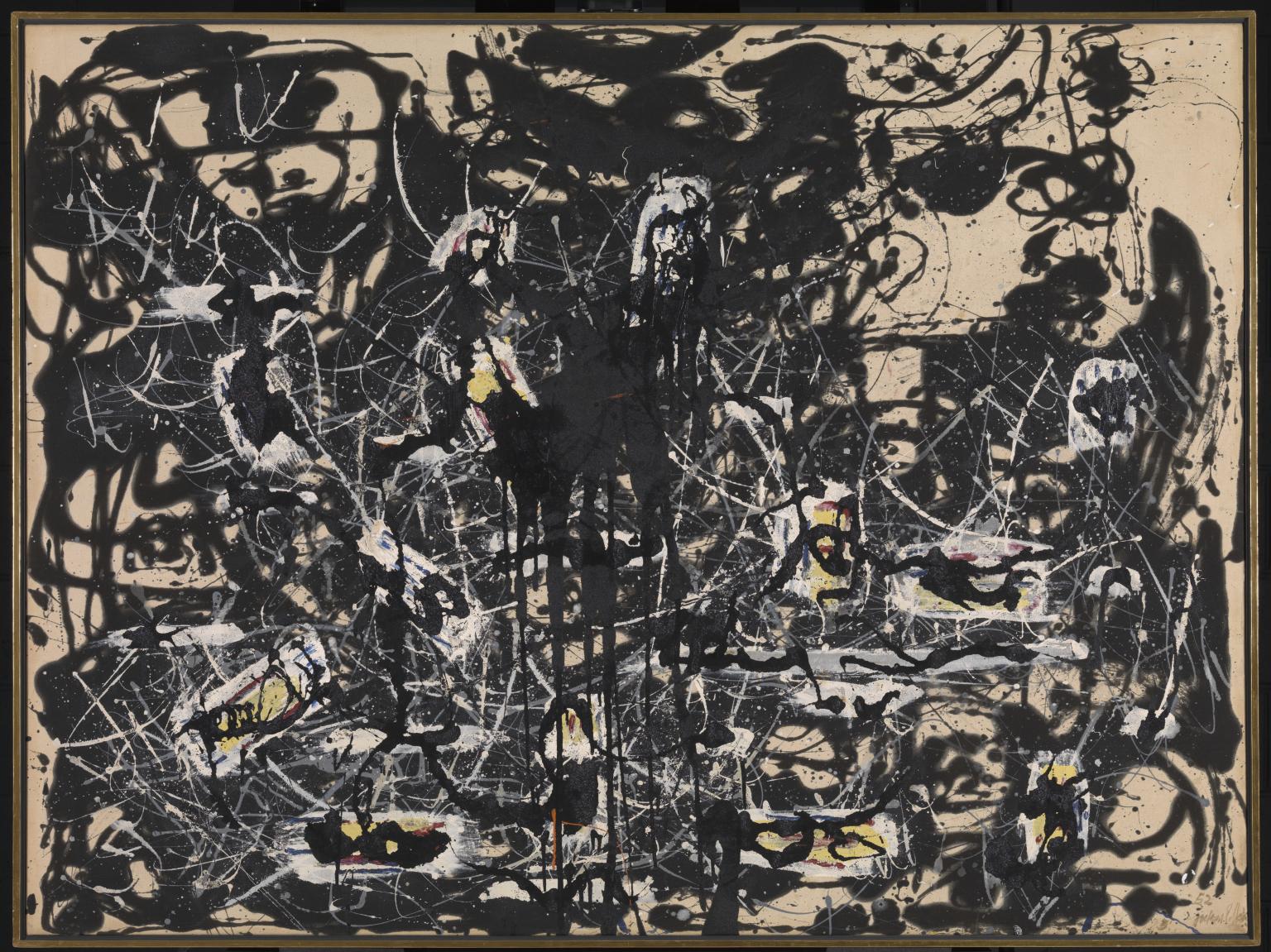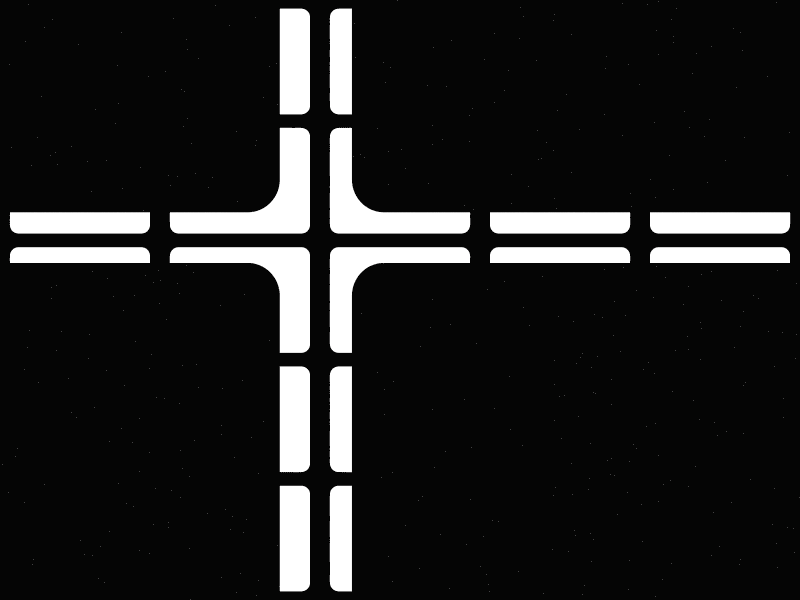Through this lecture and research based module I have experienced a number of techniques and concepts which I will continue to apply throughout the rest of my career. This module proved to embody the reasons why I chose this course in the first place, I knew that theory based learning was the foundation of intelligent and effective design practice. One side of the module which is vital is the historical element. Over the course of weeks I sat through a crash-course on the some of the most significant moments in design in the past one hundred or-so years which helped me to better understand – in essence – what it is to be a graphic designer in 2017. I now know a bit more about the innovations, the struggles and the cultural shifts that have occurred in the past so that I can be more aware of why the creative world is the way it is today.
I have been educated on some important tools that are vital to not only researching more effectively to my academic benefit but also to maintain credibility. This term has not been the first time I have had to familiarise myself with the Harvard standard of citation as I previously took an art and design foundation diploma, which eased me into more consistently researching alongside visual practice. However, recently I have been schooled on the importance of avoiding plagiarism and becoming a more ethical designer. The importance of quotes is also reinforced for me as it provides evidence for readers of my writing so that they can take my work more seriously and also understand my ideas and perspectives better.
For me the connection between this theoretical side of practice and the practical side of things handled in the other module is a no-brainer. One must constantly be looking for visual inspiration from all sorts of sources. To explain my opinion of this metaphorically – the way I see it is as my academic vocabulary expands so does my practical vocabulary. By analysing images of existing work I can come up with more ideas that are more carefully considered and also more diverse. Outside of looking at purely visual ideas, exploring the theories and philosophies of artists and designers can better my understanding of what it is to create and what role I play in the world by creating.
Unsurprisingly to myself, the sources looked at over the past weeks that have resonated with me the most have been the episodes of the Netflix documentary series: ‘Abstract: the art of design’. The fact that learning by watching audio/visual works is the most effective for me is something I have made peace with. Information sticks with me more immediately if it is communicated audibly by people who really care and it certainly helps if the film is entertaining. What specifically has inspired my own practice is seeing others actually working, specifically in episode 6 seeing Paula Scher sketch wherever she goes reinforces the importance of experimentation and iteration to me.
Abstract: The Art of Design, Season 1. (2017): Netflix.

